Local Diagnostic Kit Manufacturing
Ecochest is committed to local diagnostic kit manufacturing, ensuring accessible, high-quality testing solutions for healthcare and research in Ghana. By producing kits locally, we reduce reliance on imports, lower costs, and strengthen the country’s scientific and medical capabilities.
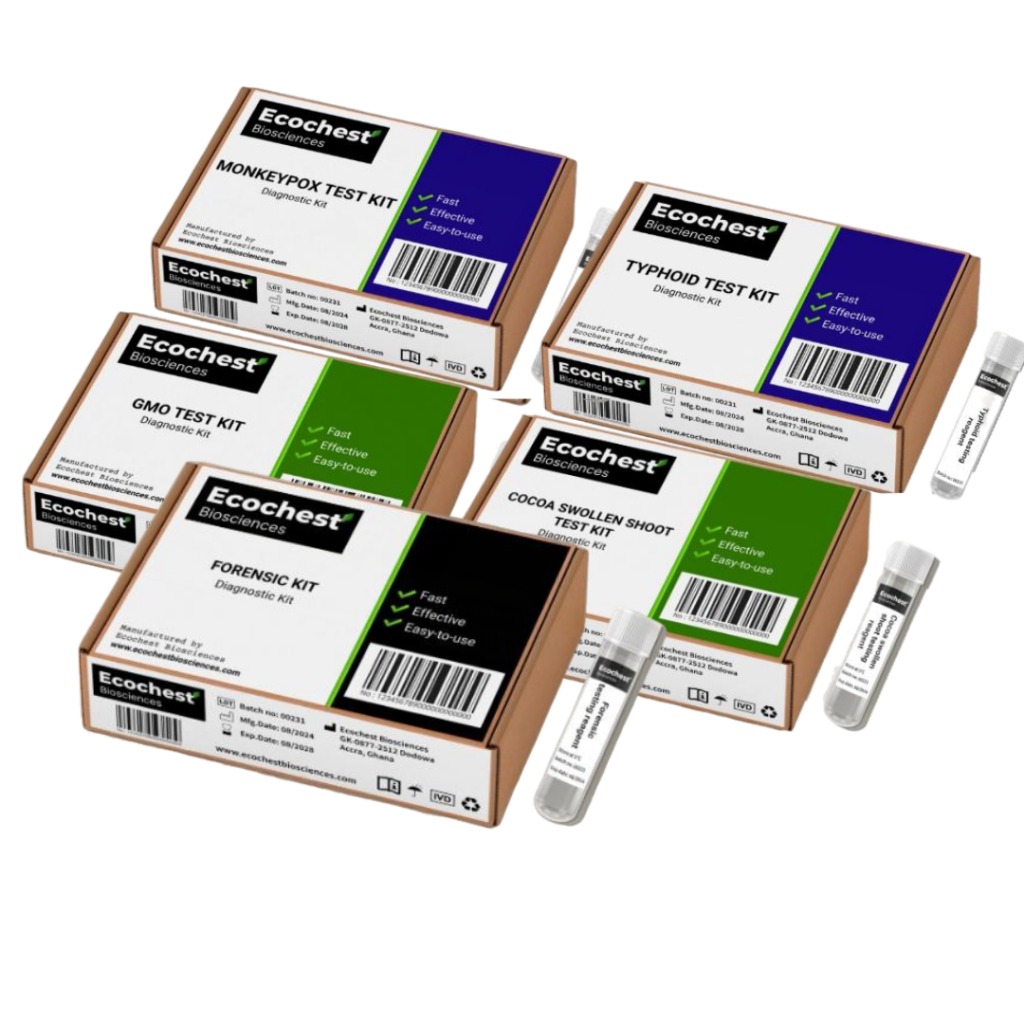
Strengthening Local Manufacturing for Diagnostic Solutions
The COVID-19 pandemic highlighted the urgent need for locally produced diagnostic solutions. Ecochest Biosciences is committed to locally manufacturing high-quality molecular diagnostic kits in Ghana, reducing dependence on global supply chains. By strengthening local manufacturing, we ensure faster, more reliable access to essential testing tools, empowering healthcare providers to respond swiftly to outbreaks like Monkeypox and future health crises.

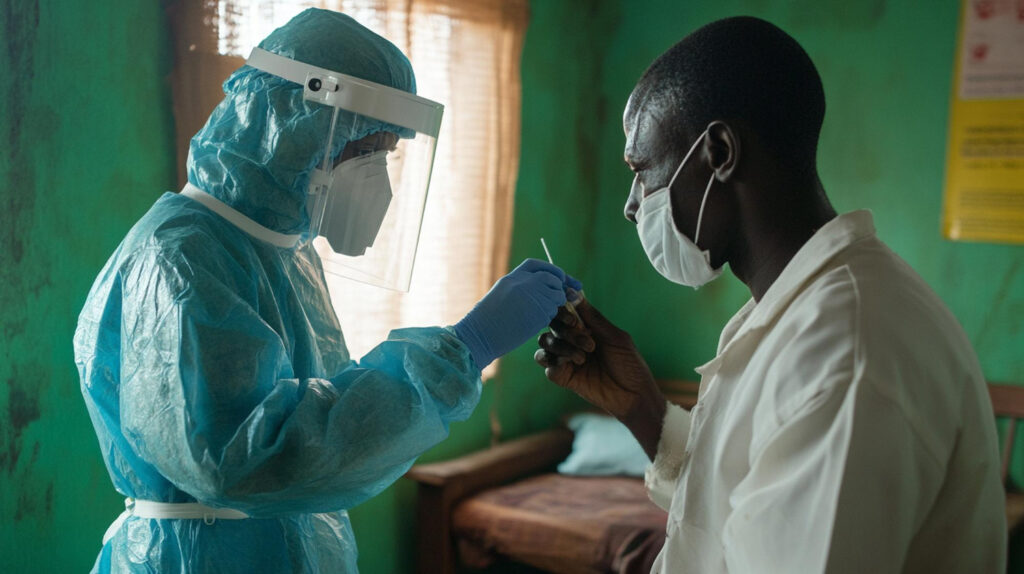
Early Warning Systems
Ecochest Biosciences enhances early warning systems for zoonotic diseases through advanced diagnostics for humans and animals species like pigs, chickens, mosquitoes and bats, which can carry diseases such as swine flu, dengue, ebola etc. These diseases can be monitored using our molecular kits that detect pathogens in populations early. This allows for timely interventions, reducing the risk of disease transmission from animals to humans and supporting proactive public health measures.
Animal and Plant Disease Surveillance & Diagnostics
At Ecochest Biosciences, we prioritize not only human health but also the detection of agricultural animal and plant diseases. This includes critical threats like swine flu, avian flu, and plant diseases. For example, Cocoa Swollen Shoot Virus Disease (CSSVD) has plagued the Ghanaian cocoa industry since 1936, causing up to an 80% reduction in cocoa yields and killing millions of cocoa trees. Despite efforts to control the spread by cutting and replanting affected farms, the disease continues to threaten Ghana’s cocoa economy. Our advanced diagnostic kits aim to provide faster, more effective detection and response, helping safeguard vital agricultural sectors.
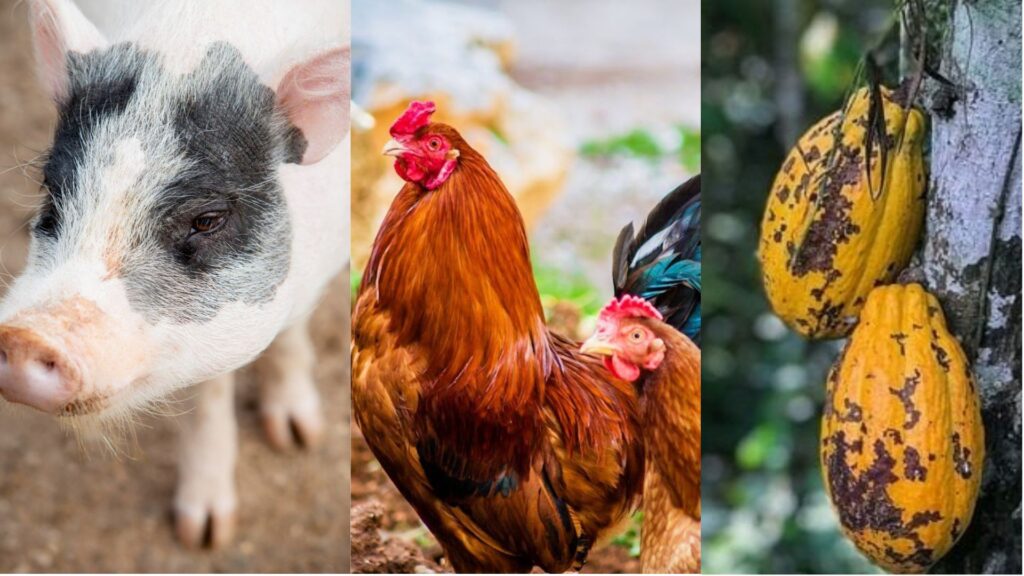
Current and Past Health emergencies & outbreaks

Monkeypox
Monkeypox, which causes fever, rash, and swollen lymph nodes, has now been identified in over 122 countries. It is currently classified as a Public Health Emergency of International Concern (PHEIC) by the WHO. Africa remains highly vulnerable, making effective surveillance and containment efforts critical in managing this expanding threat.

Coronavirus(Covid-19)
COVID-19 has significantly impacted Africa, with over 12 million cases across the continent since 2020. Although vaccines have reduced the severity of outbreaks, low vaccination rates and emerging variants continue to challenge Africa’s healthcare systems. Globally, more than 770 million people have been infected since 2019.

Dengue
In Africa, dengue is an escalating concern with rising cases each year. Globally, the virus infects around 390 million people annually, with 96 million showing clinical symptoms. As the disease spreads across over 100 countries, Africa faces significant challenges, particularly in areas with limited healthcare infrastructure.
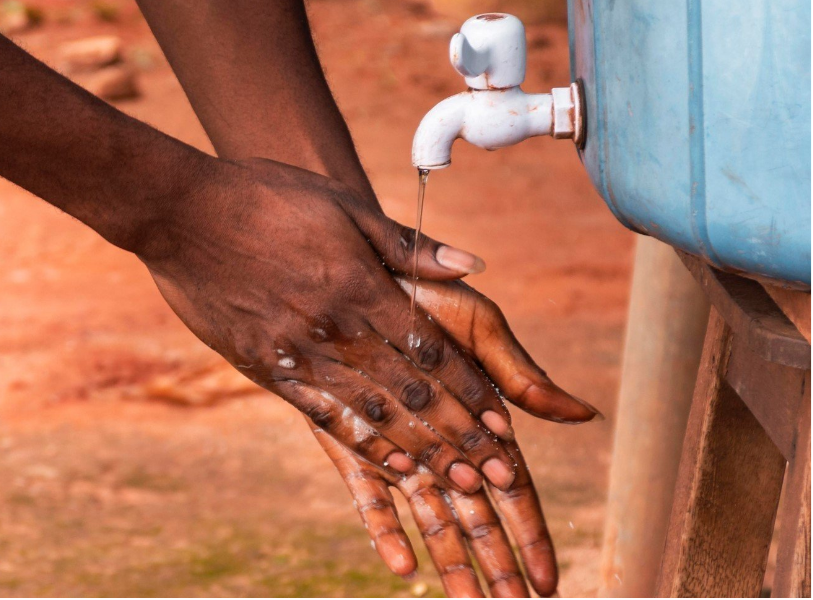
Cholera
Cholera is an acute diarrhoeal disease that can kill within hours if left untreated. Globally, an estimated 1.3 to 4 million cases occur each year, resulting in 21,000 to 143,000 deaths. Cholera is a global health threat and a indicator of inequity, with Africa particularly vulnerable due to poor sanitation and limited access to clean water, leading to frequent outbreaks and high mortality rates.
Past Outbreaks
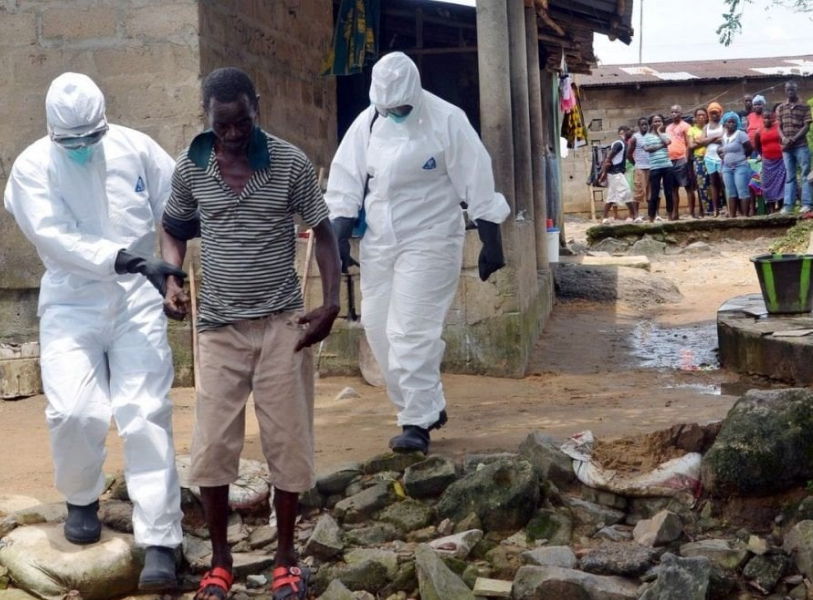
Ebola Outbreak, West Africa 2013-2016
The Ebola outbreak in West Africa from 2013 to 2016 was one of the most severe in history, with over 28,000 cases and 11,000 deaths. The epidemic primarily affected Guinea, Liberia, and Sierra Leone, revealing significant gaps in healthcare infrastructure and response capabilities.
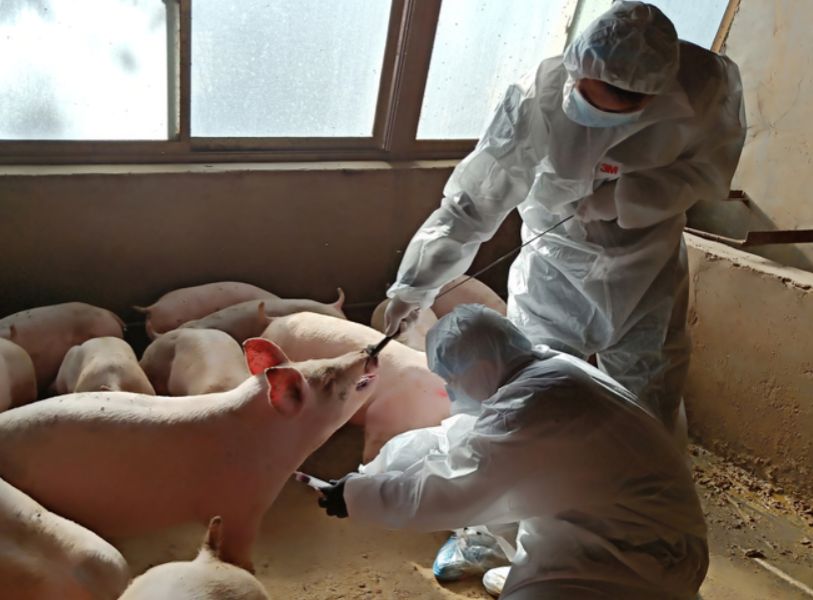
Influenza A (H1N1) 2009-2010
The H1N1 influenza pandemic, also known as swine flu, was caused by a novel strain of the H1N1 virus that originated from pigs. Symptoms included fever, cough, sore throat, body aches, and fatigue. The pandemic affected 11-21% of the global population, or 700 million to 1.4 billion people, and resulted in 151,700 to 575,400 deaths worldwide.
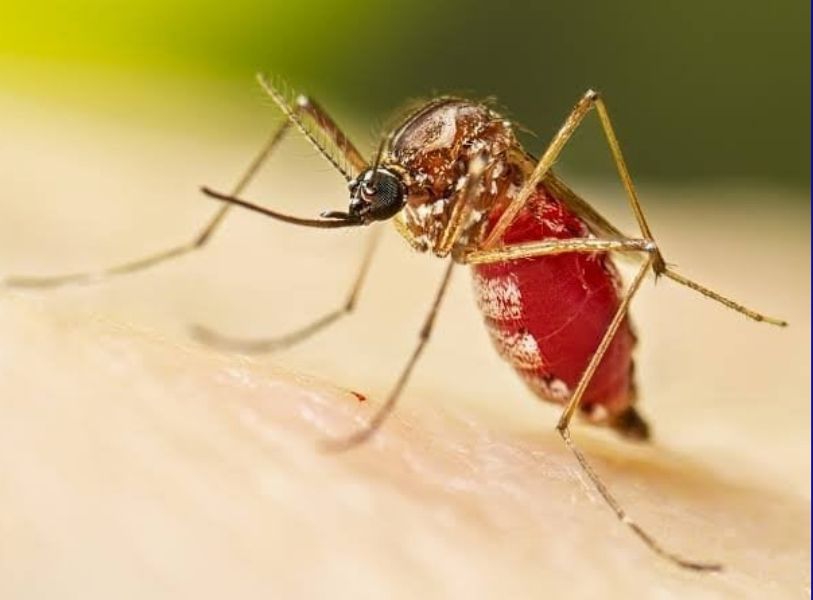
Zika virus disease 2015-2016
The Zika virus outbreak from 2015 to 2016 was primarily transmitted by Aedes mosquitoes. It caused symptoms such as fever, rash, joint pain, and conjunctivitis, with the potential for severe complications including birth defects like microcephaly in newborns. The outbreak affected over 70 countries, with significant impact in the Americas. Africa, where the virus was less widespread, still faced challenges in managing and preventing Zika due to limited vector control and healthcare resources.
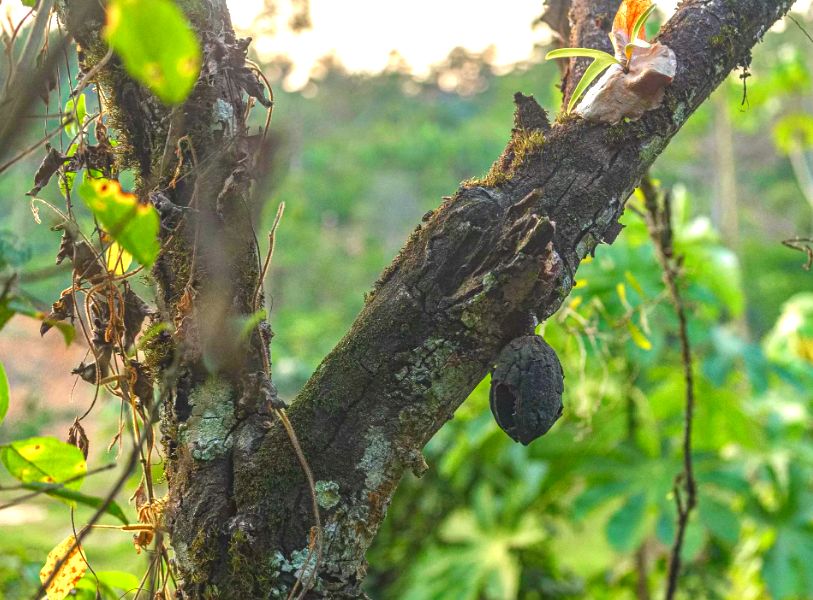
Cocoa Swollen Shoot Virus Disease
Cocoa Swollen Shoot Virus Disease (CSSVD) has been a major threat to Ghana’s cocoa industry since its discovery in 1936. The disease, transmitted by mealybugs, causes severe yield reduction—up to 80%—and can kill cocoa trees within a few years of infection. CSSVD has destroyed approximately 300 million cocoa trees and continues to spread despite eradication efforts. The persistent impact of CSSVD highlights the need for ongoing research and effective disease management strategies to protect this critical agricultural sector.
